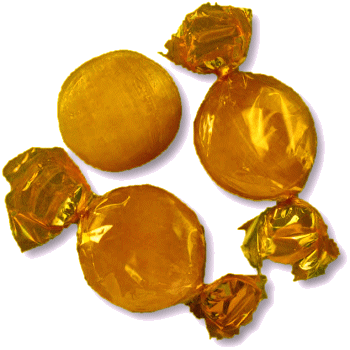




WELCOME TO An Entertainment Site for Scottish Country Dancers - Enjoy the curated selection of theme-related dances for celebrations and holidays, or find a dance associated with a special calendar day, or EVEN your own birthday!
Krampuskarten
Night of the Krampus (Krampusnacht)
Dec 5
Other Scottish Country Dances for this Day
Today's Musings, History & Folklore
"Gruß Vom Krampus"
~ Greetings from the Krampus
Oh my goodness! One thing people certainly didn't bother with in the good old days was concern over child psychology! The Krampus, a terrifying creature of European Christmas folklore, historically visits the night of December 5th on the eve of St. Nicholas Day and punishes and spirits away naughty boys and girls! Europeans gleefully exchanged Christmas cards featuring the Krampus and hapless children during 1800s in the form of Krampuskarten. These darkly humoured cards are highly collectible today and making a bit of comeback! So whether you're feeling particularly naughty or nice this Christmas dancing season, channel your inner child this Krampusnacht with a bit of "reel" naughtiness, starting off with a "Spiral Progression" figure! And Merry Krampus! 😲 👹 🎄 🎅 ❄️
The Naughty Child
Popular in German-speaking Alpine folklore, the figure of Krampus is a devil-like horned creature who punishes badly-behaved children during the Christmas season. Arriving on the eve of St. Nicholas' Day, December5th, Krampusnact (Night of the Krampus), was equally anticipated and feared by European children everywhere.
As one can see from the scenes played out on the "Krampuskarten" featured below, a rather sinister form of the normal Christmas card, this punishment usually took the form of kidnapping, with Krampus often depicted whisking naughty children away to hell or some other similarly distressing location. Such cards have been exchanged in Europe since the 1800s and were particularly popular in the early part of the 20th century, often accompanied with the phrase Gruß vom Krampus (Greetings from the Krampus).
The origin of Krampus is not entirely clear. Some folklorists postulate a pre-Christian origin for the figure, with the ruten, the bundle of branches he is shown holding (when not wielding chains), having significance in pre-Christian pagan initiation rites. In addition to the exchange of cards the tradition finds expression in Krampusnacht, the night preceding the Feast of St Nicholas on the 6th December, where the hairy devil appears on the streets frightening children and dispensing coal and the ruten bundles to homes and businesses.
For a sweeter take on the Krampus, click the vintage Krampuskarten below for a list of recipes for Krampus cakes and cookies!
Click the dance cribs or description below to link to a printable version of the dance!



